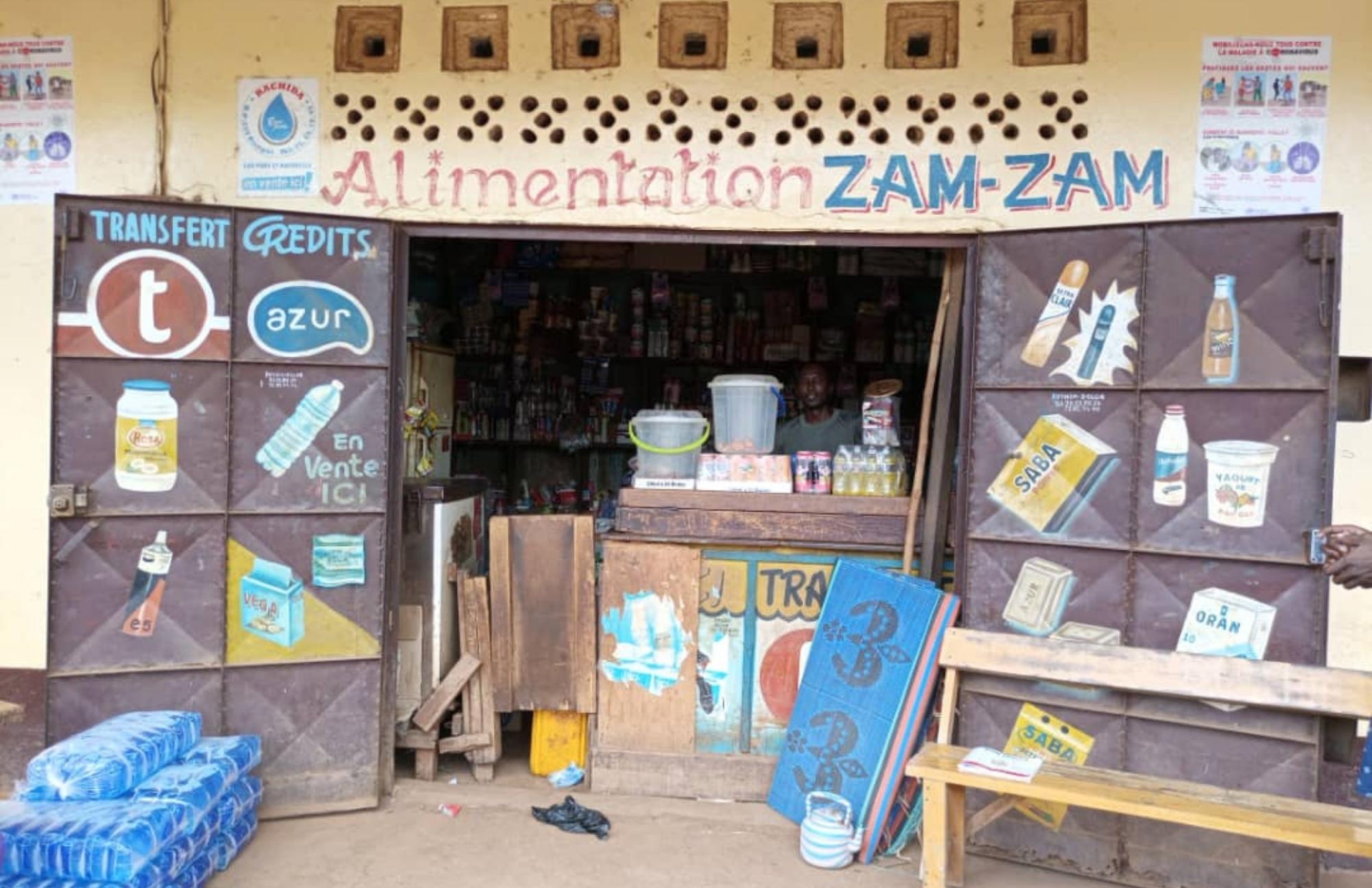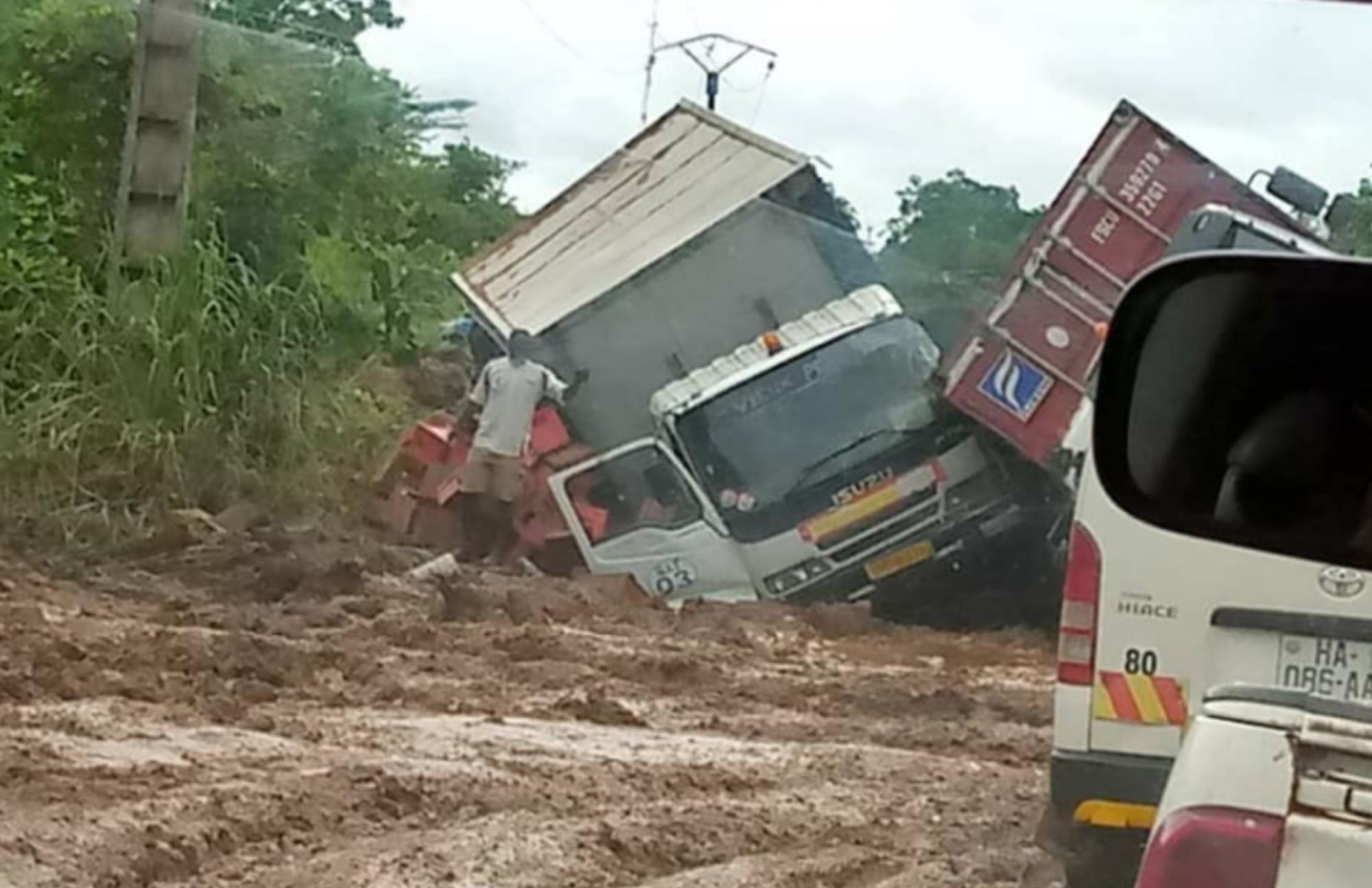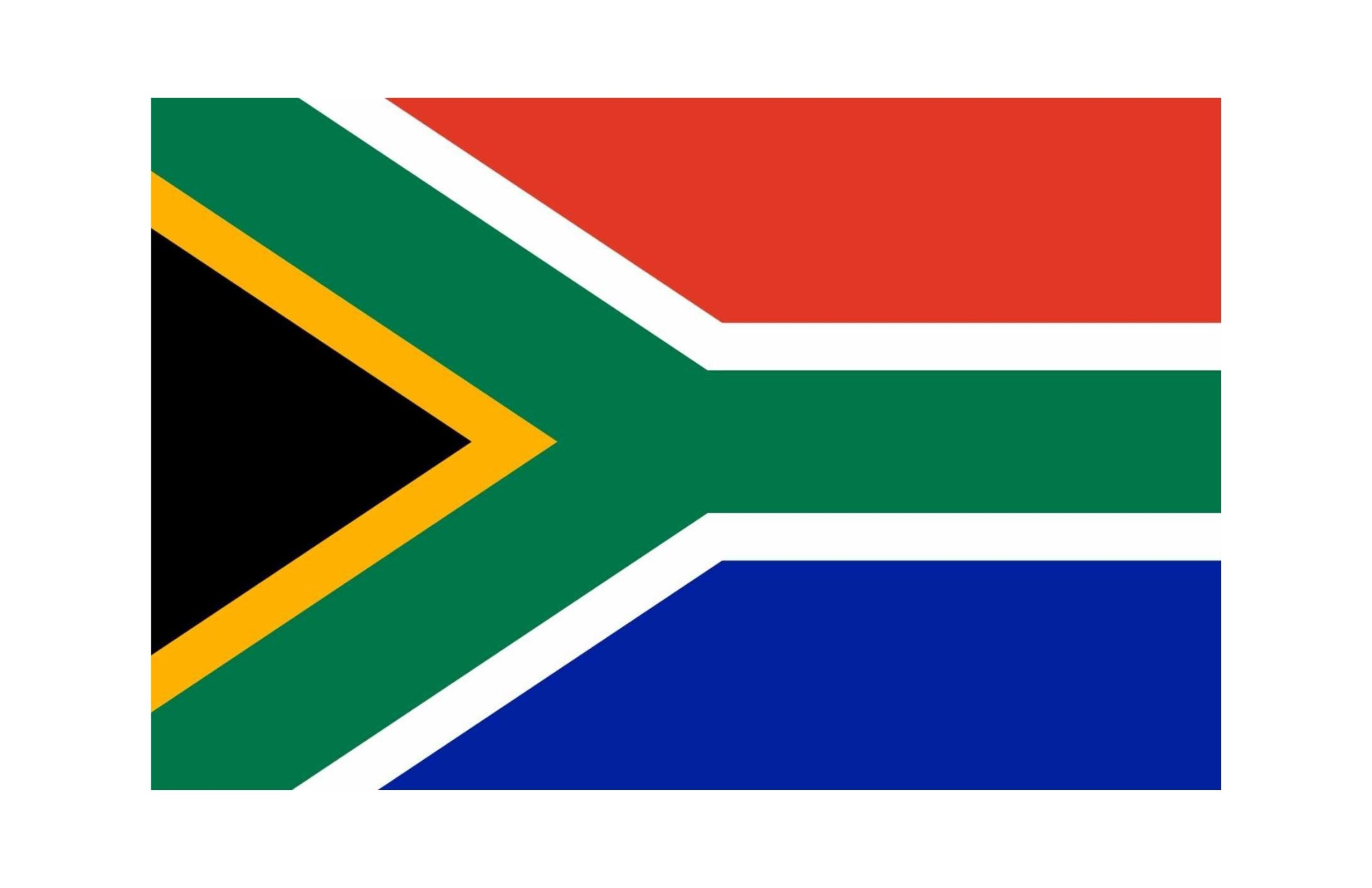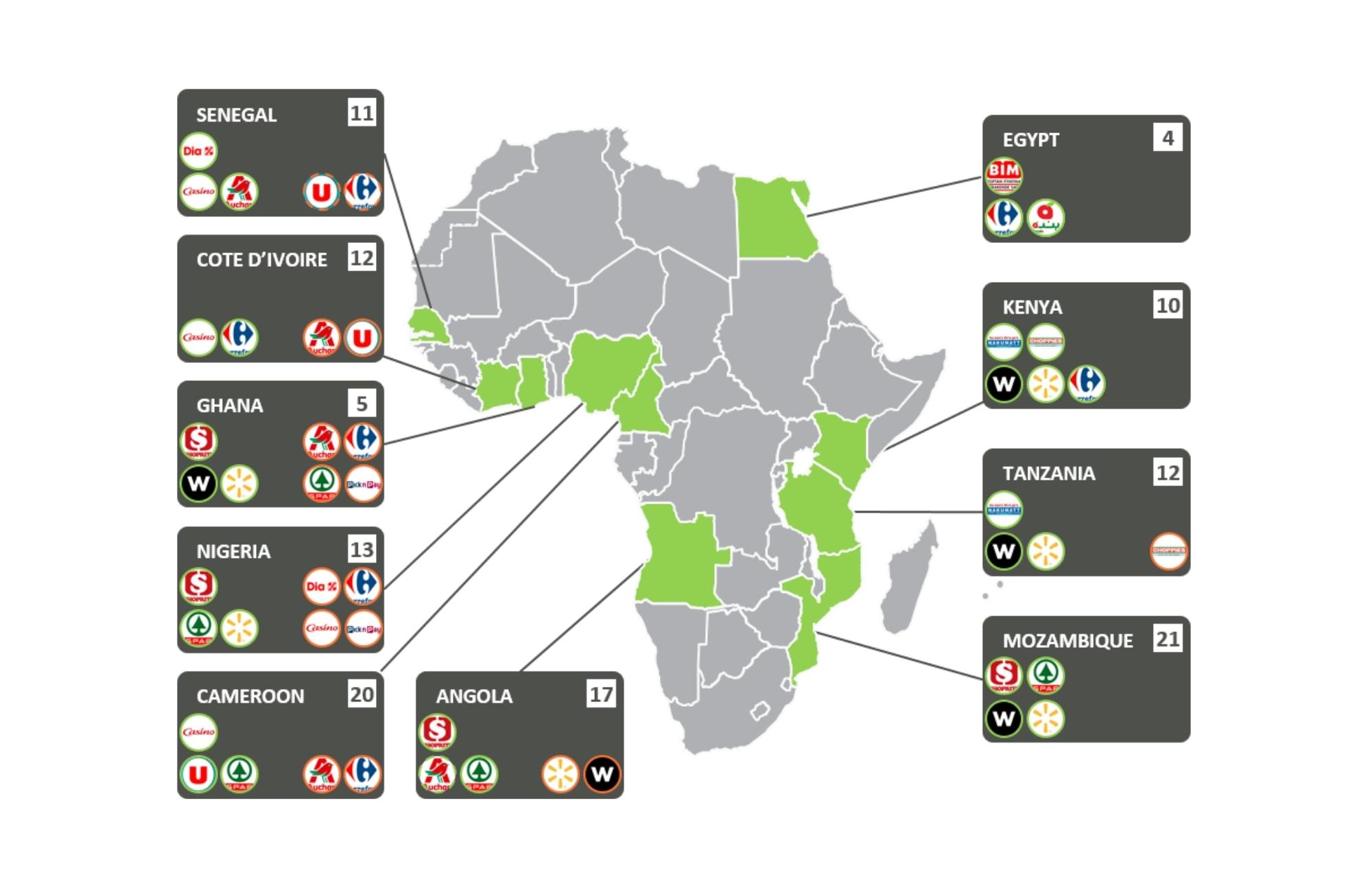It’s that time of year when FMCG companies enter the planning phase. The most common questions we hear are:
Which are the fastest-growing markets?
What is the size of the prize?
How big is the outlet universe?
Who are my main competitors?
These are all valuable questions. But commercial teams often find that even with these answers, successful market expansion in African markets can be elusive.
Why?
The single largest reason planning fails is because of route to market problems which are more common in African markets
A recent example: chocolate brands in traditional stores in West and Central Africa: no refrigeration means melted chocolate. Refrigeration means having to run a generator to take over for when the grid fails, which is more than 50% of the time in some countries. This makes the chocolate too expensive to retail in any shop catering for lower income consumers. Unless your planning reflects that the outlet universe is limited, your market opportunity will be much smaller than you think.
A second example: the market leader with the best-in-class field sales team. We delivered research this week for a client looking to understand wholesalers of an in-demand FMCG product. The single most important factor wasn’t price or product quality or some aspect of the brand but an incredible field sales force who had the loyalty of every wholesaler in the city and constantly reinforced the brand’s presence. Trust mattered more for wholesalers, retailers and consumers than the contents of the product.
These issues can be found throughout the value chain.
Do you actually know what your product’s on-shelf price will be? It could make your brand unaffordable to 90% of your target market. No raw spreadsheet on market size will tell you that.
Do you know who is the best fit distributor for your brand? Delays and problems with distributor appointments typically set clients back 18 months in our experience. Your 2022 plans are now your 2024 plans.
Do you know your key cities, outlet universe, key accounts? Most Africa expansion teams are small, cover many markets and don’t have the same intimate knowledge of their smallest territories.
Do you understand hot button issues for wholesalers and retailers? In fragmented markets, their decision-making can make or break mainstream brands.
Building market plans based on inaccurate data and measuring the wrong things can give a false sense of security. There is a certain comfort in having a spreadsheet with the same type of data for Sweden and Senegal.
In developed markets, you spend time on the things that will make the most difference: your marketing strategy, merchandising, product innovation. You don’t need to spend time considering the actual journey of your product onto the shelf. And, for many brands, pricing is largely about positioning and promotion and less about affordability.
The same should be true for where to focus in less developed markets like those in sub-Saharan Africa: the product’s physical route to market, from factory to shelf. Less visible players in the value chain like distributors and wholesalers, who can make or break brands. The way that too high pricing can decimate a target audience.
The key question is: “what will it take for my brand to be successful in this market?”
To deliver brand success you need to know:
Regulatory, legal and tariff risks
Distributor competency and fit with your brand
Costs and implications of the product’s physical journey to market
Trading risks (fx shortages, parallel trade etc)
Trade intelligence (wholesaler and retailer decision points)
Competitor landscape, including their route to market
Consumer demographics, as well as their attitudes, purchasing behaviours etc
The actual market opportunity (demand x price x target audience x distributor reach)
But there are major short term risks like rampant inflation and the volatility it brings to markets. And the underlying need for granular, market-specific expansion plans is no less important now than before the pandemic.
When we look across our clients and their competitors at which brands succeed, the defining feature is market intimacy. Sometimes it’s not just knowing the right answers. It’s knowing the right questions too.









